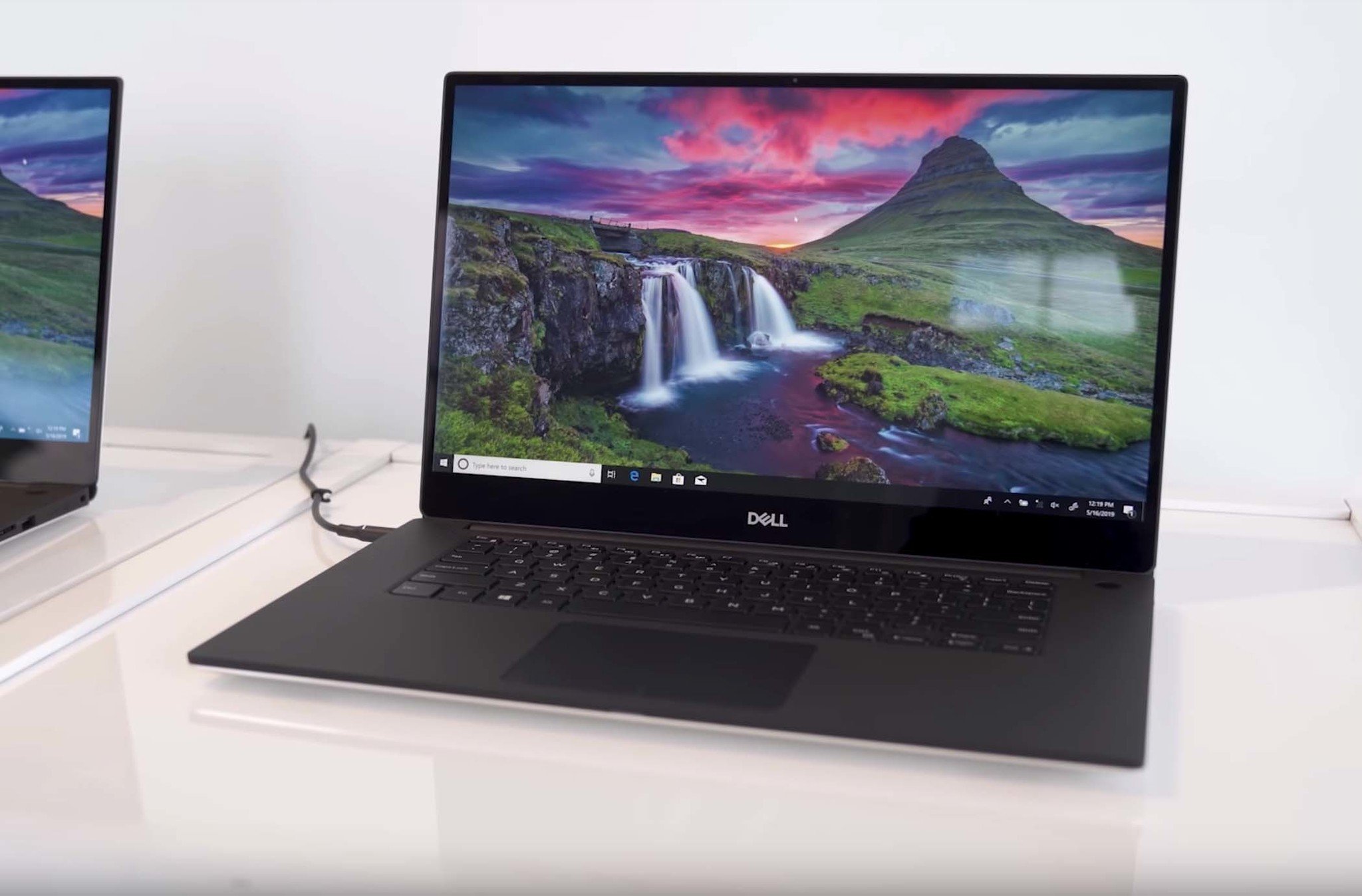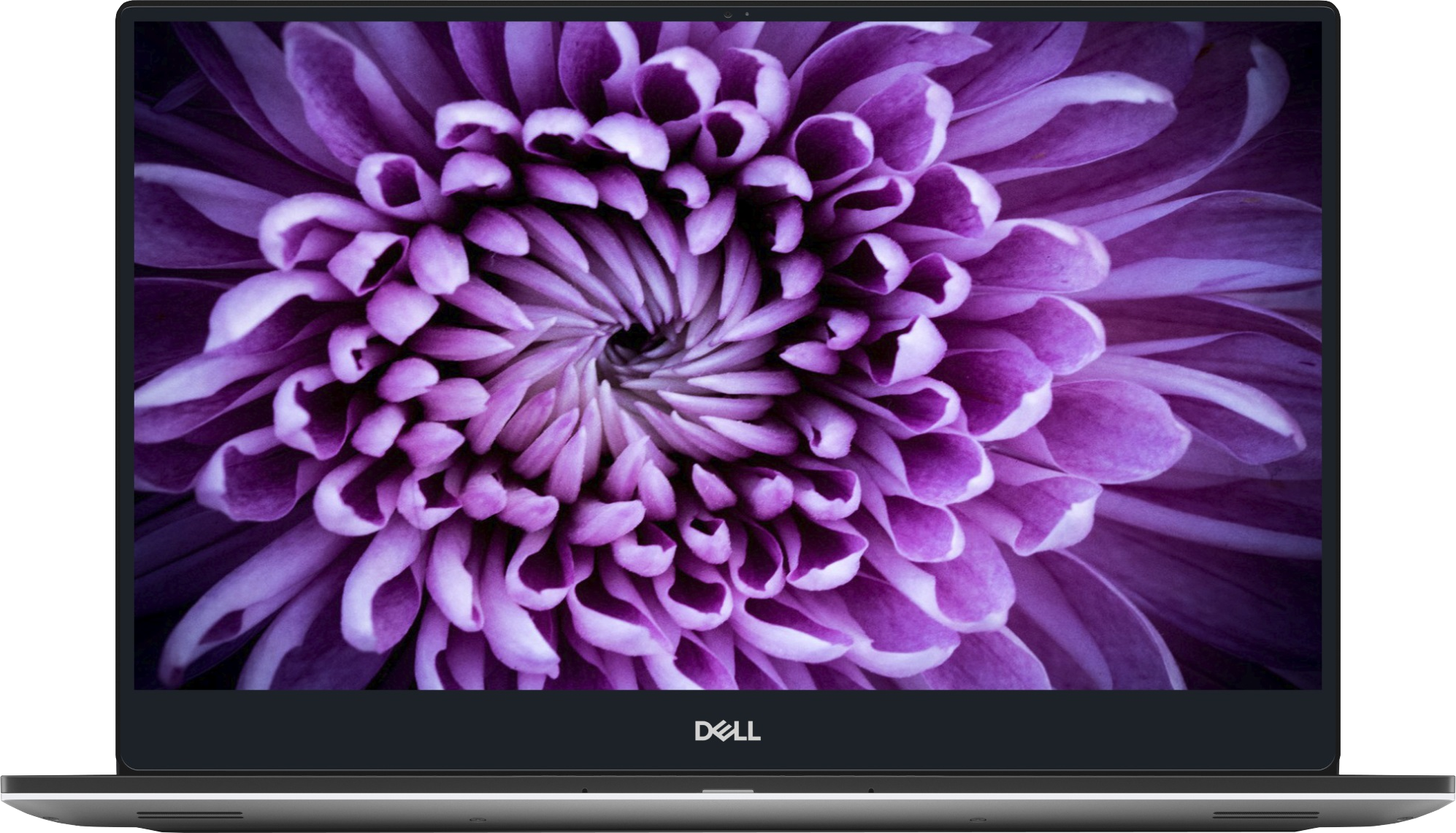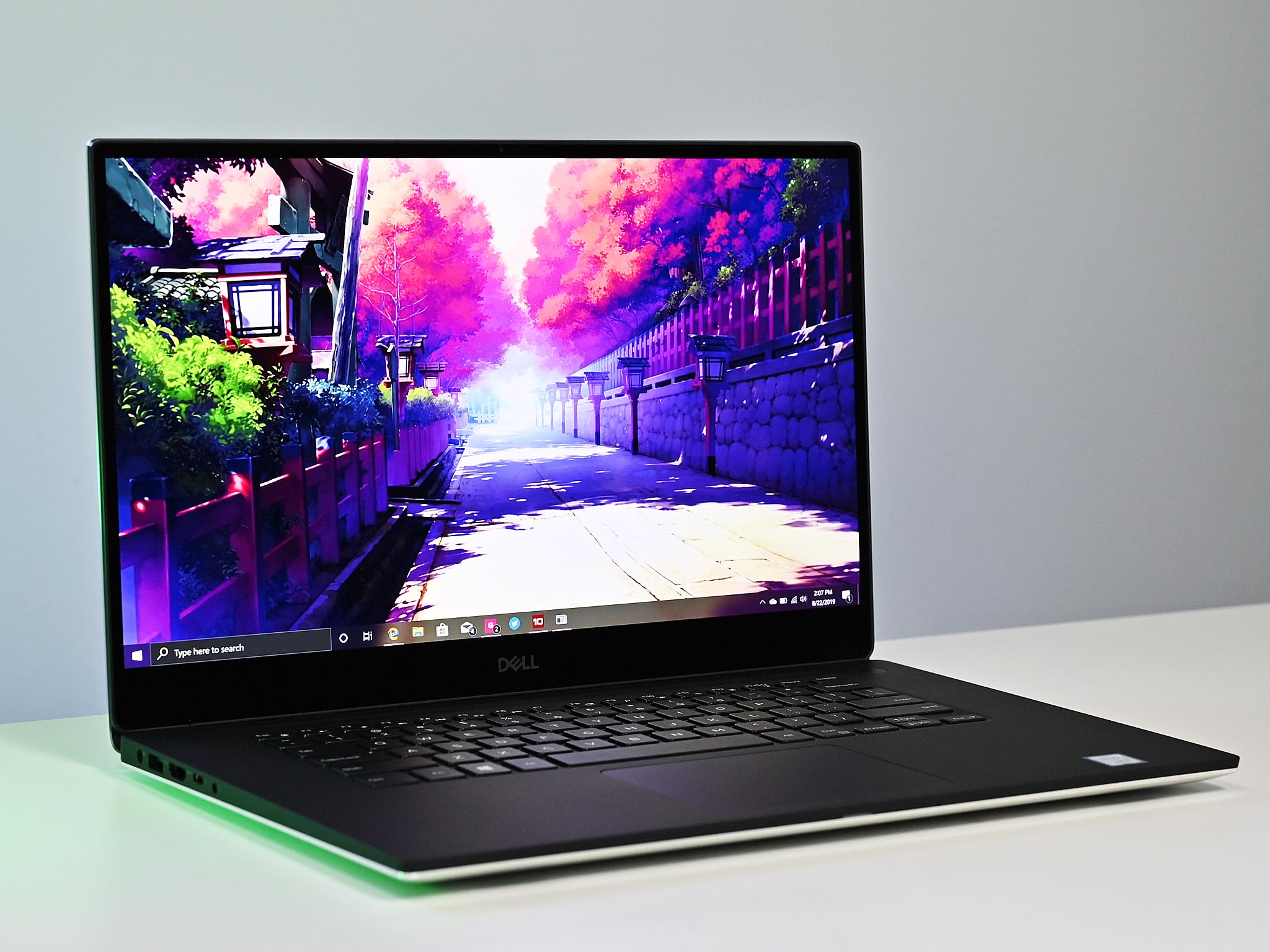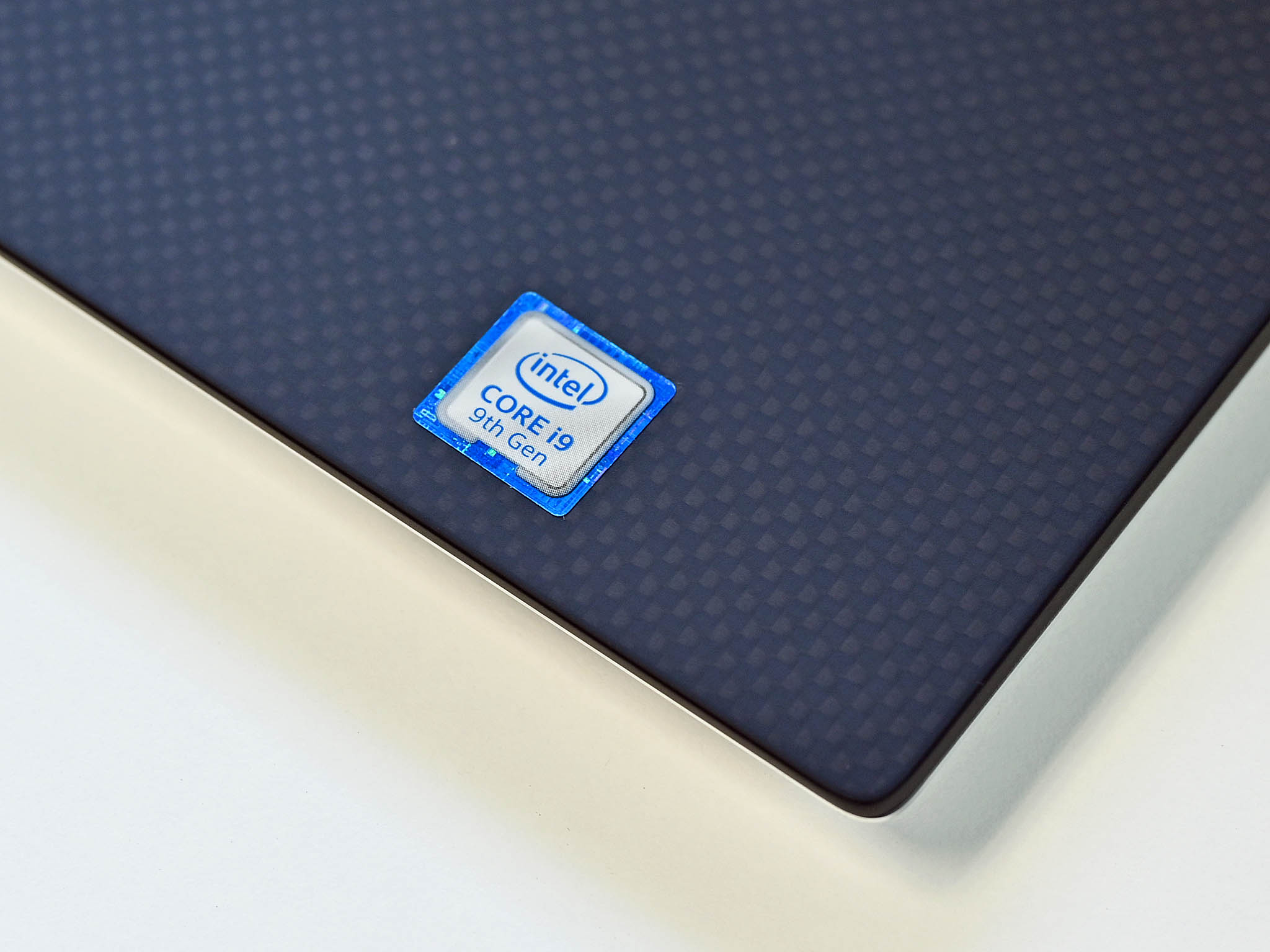Surface Book 3 vs. XPS 15: Which is a better buy?


New Surface Book
The Surface Book 3 rocks 10th Gen Intel processors, can be kitted out with NVIDIA GPUs, has faster RAM and storage than its predecessor, and even has Wi-Fi 6. the battery life is also pretty solid. The XPS 15 comes out ahead in display and value, however.
Pros
- 10th Gen Intel Core "Ice Lake" CPUs
- Wi-Fi 6
- Dedicated GPU options
- More versatile
- Tablet mode
Cons
- More expensive
- Battery life

Pro Laptop
The Dell XPS 15 is still an excellent, premium notebook, and the latest refresh adds 10th Gen Intel processors. It has excellent value, a lower starting price, a gorgeous display, and a larger battery. It's just not quite as versatile.
Pros
- 10th Gen Intel Core "Ice Lake" CPUs
- Wi-Fi 6
- Starts at lower price
- Gorgeous display
- Larger battery
Cons
- Less versatile
Surface Book 3 is a notebook come tablet convertible. It has far more functionality, thanks to the ability to detach from the main keyboard base, and comes with powerful 10th Gen Intel processors and NVIDIA GPUs. But don't think the XPS 15 (7590) isn't worth considering since it too has some excellent highlights like the stunning display, larger battery, and solid price. Which you should go for largely depends on budget and what you want to use the device for.
Surface Book 3 vs. Dell XPS 15 (9500): tech specs
| Header Cell - Column 0 | Surface Book 3 | Dell XPS 15 (9500) |
|---|---|---|
| OS | Windows 10 | Windows 10 |
| Processor | 10th Gen Intel i5-1035G7 10th Gen Intel Core i7-1065G7 | 10th Gen Intel Core i5-10300H 10th Gen Intel Core i7-10750H 10th Gen Intel Core i7-10875H 10th Gen Intel Core i9-10885H |
| RAM | 8GB LPDDR4x 16GB LPDDR4x 32GB LPDDR4x | 8GB DDR4 2933MHz 16GB DDR4 2933MHz 32GB DDR4 2933MHz 64GB DDR4 2933MHz |
| Storage | 256GB 512GB 1TB 2TB | 256GB 512GB 1TB 2TB |
| Display size | 13.5 inches 15 inches Touch | 15 inches Touch or Non-touch |
| Display resolution | 3000x2000 (267 PPI) 3240x2160 (260 PPI) | FHD+ (1920 x 1200) 4K UHD+ (3840 x 2400) touch |
| Aspect ratio | 3:2 | 16:10 |
| Graphics | Intel Iris Plus GeForce GTX 1650 (Max-Q) GeForce GTX 1660 Ti (Max-Q) NVIDIA Quadro RTX 3000 | Intel UHD graphics NVIDIA GeForce GTX 1650 Ti |
| Ports | Two USB Type-A 3.1 (Gen1) One USB Type-C w/ video, power in/out and USB 3.1 (Gen1) data Full-size SDXC card reader (UHS-II) Headphone jack (3.5mm) Two Surface Connect ports (1 in tablet, 1 in keyboard base) | 2x Thunderbolt 3 with power delivery & DisplayPort 1x USB-C 3.1 with power delivery & DisplayPort 1 Full size SD card reader v6.0 3.5mm headphone/microphone combo jack Wedge-shaped lock slot |
| LTE | No | No |
| Camera | Front-facing 5MP (1080p) Rear-facing 8MP (1080p) | Front-facing (720p) |
| Biometrics | IR camera | IR camera |
| Battery | 70Wh (13.5-inch), 80Wh (15-inch) Up to 17.5 hours | 56WHr 86WHr |
| Dimensions | 13.5-inch Book 3 12.3 x 9.14 x 0.51 - 0.90 inches (i5) 12.3 x 9.14 x 0.59 - 0.90 inches (i7) 15-inch Book 3 13.5 x 9.87 x 0.568 - 0.90 inches | 18 x 344.72 x 230.14mm 0.71 x 13.57 x 9.06 inches |
| Weight | 13.5-inch from 3.38 pounds (1.53kg) 15-inch from 4.2 pounds (1.9kg) | 56Whr non-touch: 1.8 kg (4 lbs) 86WHr touch: 4.5 lbs. (2.05 kg) |
Features and design

We continue to bang the drum about just how good-looking the XPS line-up is, and the XPS 15 (9500) is no exception. The same goes for the Surface Book 3, though it looks almost identical to a Surface Book 2. While the Surface Book 3 comes with two USB Type-A ports and Type-C, the XPS 15 has USB-C and Thunderbolt 3.
The XPS 15 is designed first and foremost as a laptop. Surface Book 3 also comes as a complete notebook package with the display, keyboard, and touchpad, but has a party trick. The display part can be disconnected from the base unit and used as a tablet (since all the inner workings are found within), and it can even be re-connected facing the other way.
Both devices use IR cameras for biometric security with Windows Hello and use similar shooters for video calls and photos. It's all about whether you want a portable tablet or a more powerful laptop.
Display and inking
The best of the bunch in terms of displays for the XPS 15 is the Sharp IGZO 4K touch with a maximum brightness of 500 nits. It's impressive to gaze at and is one of our favorites in the 15-inch laptop segment. The Surface Book 3's display isn't awful - far from it - but it simply doesn't live up to the excellent panels Dell uses.
There are also more options available with Dell, allowing you to pick between FHD+ (1920 x 1200) and 4K (non-touch and touch). For inking, you'll want to go with the Surface Book 3. There's simply no contest there as it's designed with creatives in mind who enjoy using a stylus.
Performance and price

The 15-inch Surface Book 3, the closest comparison to the Dell XPS 15, is designed with a solid performance in mind. This includes the 15W 10th Gen Intel Core i7-1065G7 and dedicated NVIDIA graphics in the form of the GeForce GTX 1660 Ti (Max-Q).
All the latest news, reviews, and guides for Windows and Xbox diehards.
The thing is, the Dell XPS 15 has more beefy processors. With the option of up to a 45W 10th Gen Intel Core i9-10885H, it's far more capable, but will be a considerable drain on the battery, which is why Dell installs inside a larger 86Whr pack.
Depending on how you configure the Dell XPS 15, it's possible to kit it out with a 10th Gen Intel Core i9-10885H, which blows the Intel Core i7-1065G7 out the park. If you need the best of the best in terms of raw computing, the XPS 15 is the way to go, but the Surface Book 3 is no slouch.
For RAM, the Surface Book 3 ranges between 8GB and 32GB, while the XPS 15 can go up to 64GB if needed. Both devices rock similar storage options, with at least a 256GB SSD and the option to upgrade to at most a 2TB drive. Graphics-wise, the Surface Book 3 wins with the NVIDIA GeForce GTX 1660 Ti (Max-Q). Dell only has the NVIDIA GeForce GTX 1650 Ti inside the XPS 15.
Dell doesn't charge an awful lot for the XPS 15, with the base price coming in at $1,300. Surface Book 3 is a little more expensive, starting at $1,600 (and that's for the 13-inch version).
Go with the Surface Book 3 if you want a versatile PC
Surface Book 3 is an excellent machine from Microsoft. The company allows one to use the same device as a tablet or laptop by detaching the keyboard base. It has powerful 10th Gen processors and plenty of configurations to choose from. So long as you can overlook the starting price, it's a killer option here.
Dell XPS 15 is a better laptop experience
If all you want is a laptop, the XPS 15 is one of the best 15-inch laptops (and best Dell laptops around. It's also powerful with 10th Gen Intel CPUs and comes rocking a stunning 4K display. There's also the case for a lower starting price.

Rich Edmonds was formerly a Senior Editor of PC hardware at Windows Central, covering everything related to PC components and NAS. He's been involved in technology for more than a decade and knows a thing or two about the magic inside a PC chassis. You can follow him on Twitter at @RichEdmonds.
